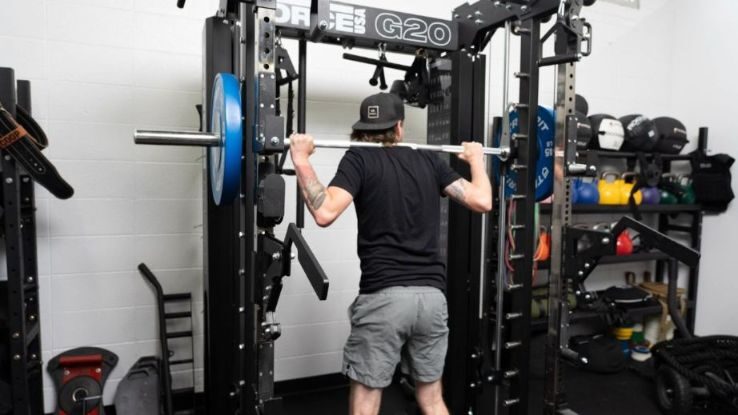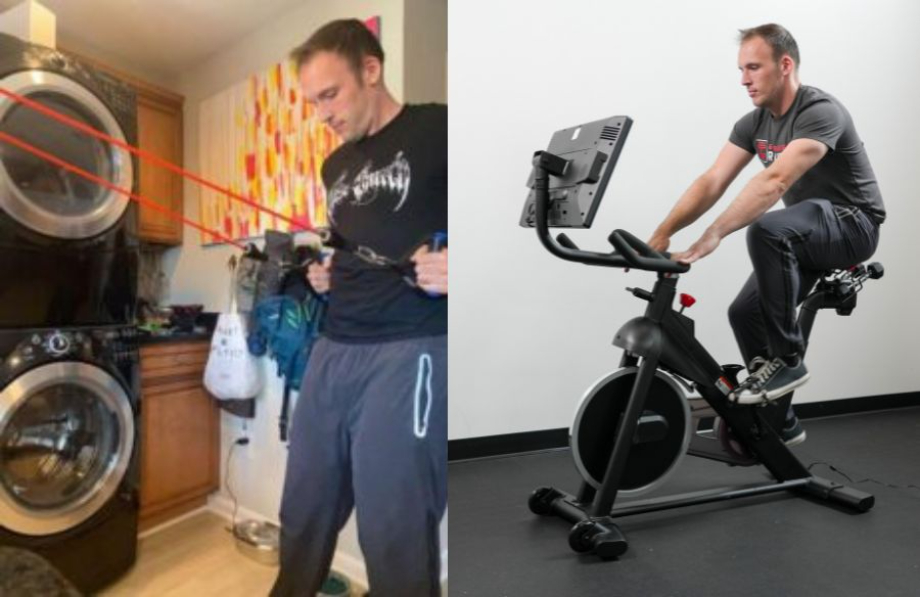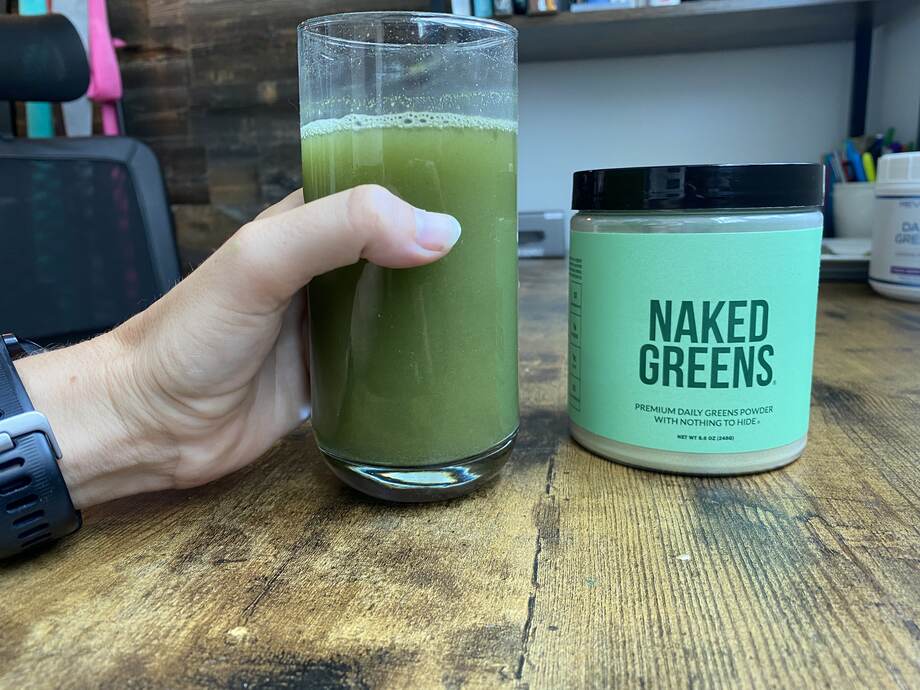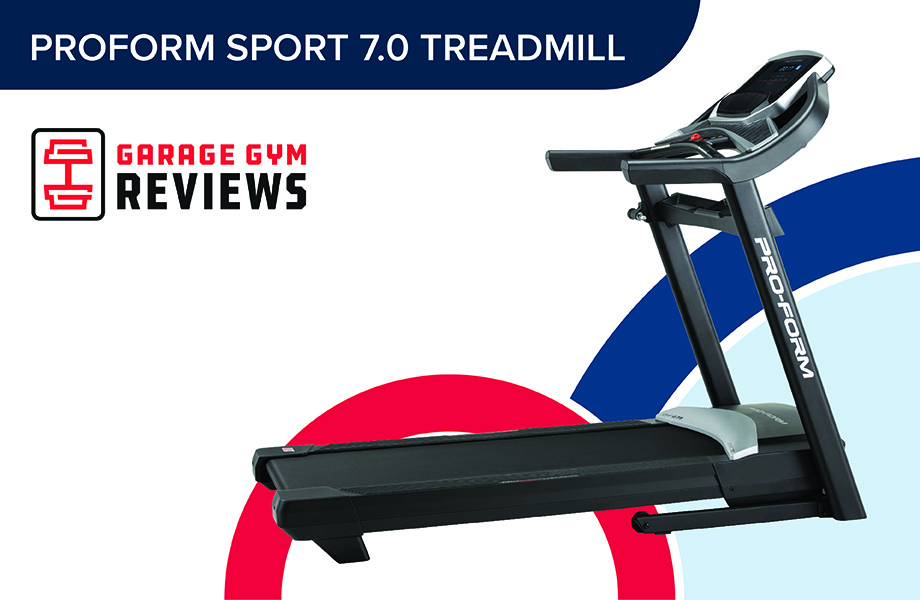Spice up the toughest day of the week with these hardcore lower-body movements
People either love leg day or hate it, and there’s very little in between. We fall into the first category due to the fact that leg-based exercises can help prevent injury, can help you achieve a more balanced physique, improve your performance in other sports (think trying to nab a rebound during a pickup basketball game), and much more. We could talk for hours about the benefits of not skipping leg days, but that’s another article.
We’re here today to help you spice up your leg day routine, whether you’re someone who goes into the weight room ready to attack the squat rack with everything you’ve got or you’re trying to grow your chicken legs into mighty drumsticks.
We’ll go over our favorite leg day exercises, how to do these best leg exercises and what changes you could make, and why we’re such big fans of them.
Back squat
How to do it: Unrack a loaded barbell onto your shoulders and step away from the squat rack. Standing shoulder-width apart, look forward and brace your core before descending into a full squat. Once you reach full depth (which will vary by lifter), drive through your heels back to the starting position. Repeat.
Modifications: Play around with the bar’s positioning on your back—some people prefer high-bar squats, which is when the bar is placed higher on your trap muscles, and others prefer a low-bar squat where the bar is just below the traps on the upper back.
Why it’s our go-to: The back squat is called “the king of lifts” because it recruits the most amount of muscle groups and triggers a greater release of testosterone and human growth hormone (both needed for muscle growth) than any other lift.
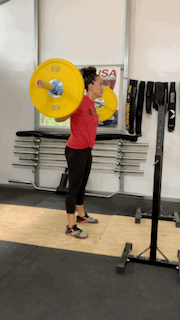
Bulgarian split squat
How to do it: Find a bench or any other knee-high platform and stand about 18-24 inches in front of it, and then place one of your feet on the platform, keeping both your feet about hip distance apart. While bracing your core and keeping your eyes straight, lower the knee of the leg still planted on the floor, hinging slightly at the hips until your quads are about parallel with the floor. Use the foot planted on the ground to press back up to the starting position. Once you’re done, repeat with the other foot.
Modifications: This can be done as a bodyweight movement, or while holding a pair of dumbbells or kettlebells for an extra challenge.
Why it’s our go-to: Bulgarian split squats are known as unilateral movements, which means they challenge one side of the body at a time. Doing unilateral movements can help improve your balance and coordination.
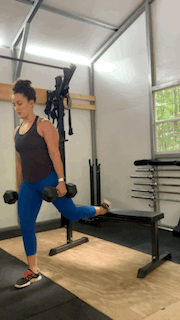
Front squats
How to do it: Rest a barbell across the front of your shoulders, with your elbows pointing forward and palms facing up. Grab the bar, unrack it, and just as you would for a back squat, take a few steps back before bracing your core and squatting to full depth (again, whatever full depth means for you). Drive back up and repeat.
Modifications: If you’re not comfortable holding a barbell during a front squat, you can use dumbbells or kettlebells instead.
Why it’s our go-to: Front squats have all the same benefits as back squats, but they take pressure off your lower back by placing the load at the front of your body.
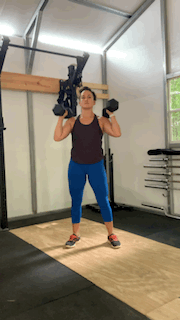
Sumo deficit squat
How to do it: Place two weight plates (preferably ones weighing 45-pounds) a little more than shoulder-width apart, and then go grab a heavy dumbbell or kettlebell. Step onto the plates while holding your weight in both hands, and assume the stance you would for a regular back squat. Then, squat.
Modifications: This can easily be done as a bodyweight movement, or with a loaded barbell (if you’re daring enough, just be sure to keep your balance on the plates at all times).
Why it’s our go-to: Deficit sumo squats require greater knee flexion, which causes greater quad muscle activation than a regular squat.
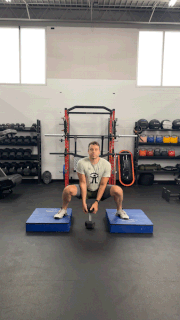
Pistol squats
How to do it: Stand on one foot, and extend the opposite leg with the foot slightly off the ground. Brace your core, and lower yourself into a squat. Squeeze from your glutes and push back up. Repeat with the other leg.
Modifications: You can start this movement by sitting on a bench or plyo box and pushing up on one leg, or lowering yourself onto a platform.
Why it’s our go-to: This is another unilateral movement that will train your balance and coordination and works your core muscles.
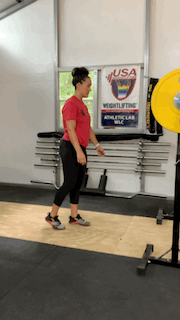
Reverse lunges
How to do it: Stand with your legs shoulder-width apart and brace your core. Take a step back and bend your front knee until it’s at a right angle, lowering your back knee until it’s also at a right angle. Push back up to the starting position, keeping your torso upright at all times.
Modifications: Too easy? Grab a pair of moderately heavy dumbbells for an extra challenge. Too hard? Try shortening your stride or the distance you lower yourself.
Why it’s our go-to: Besides working your balance, reverse lunges are also a great exercise for improving your glute strength.
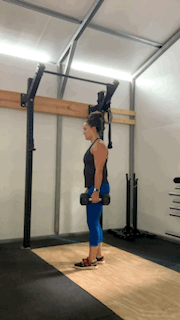
Romanian deadlifts
How to do it: Walk up to a loaded barbell so that the bar is just above your midfoot and is close to your shins. Hinge at the hips and grab the bar (your hands should be just outside your legs). Keeping a neutral spine at all times, drive through your heels and lift the bar off the ground. Lower the bar until it reaches your shins (the plates shouldn’t touch the ground), and repeat for reps.
Modifications: This can be done with a pair of dumbbells or kettlebells, or you can set a pair of spotter arms on a squat rack at shin-level to reduce the necessary range of motion.
Why it’s our go-to: Romanian deadlifts target your posterior chain muscles, and also help prepare you to lift heavy objects during your everyday life without injuring yourself.
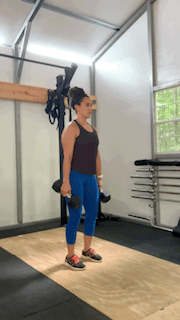
Barbell walking lunges
How to do it: Place a barbell (can be empty or loaded) on your back as you would for a back squat. Keeping a neutral spine at all times, take a step forward with one of your legs and bend both knees until the back one almost touches the floor. Pause for a brief second, then push through your front foot to stand back up. Repeat with the opposite leg, making sure you have enough room in front of you.
Modifications: Try this as a simple bodyweight movement, or use a weighted vest instead of a barbell.
Why it’s our go-to: Barbell walking lunges are great for improving posture and balance and are also a great move to improve hip flexibility.
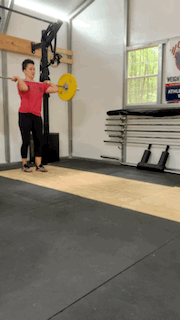
Step-ups
How to do it: Find a sturdy bench, plyo box, or another platform (the height is up to you). Place one foot on the platform, and use it to power yourself up onto the platform, keeping your opposite knee at about a 90-degree angle. Slowly step back down on the ground, and repeat with the other side.
Modifications: For beginners, simply do the exercise but bring your opposite foot onto the platform as well. For those who want a challenge, place a moderately heavy dumbbell in one hand to challenge your balance.
Why it’s our go-to: Step-ups are great for raising your heart rate and can help even out muscle and strength imbalances in your leg.
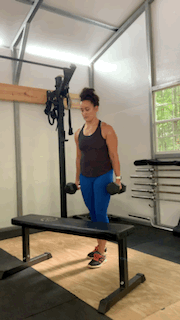
Barbell glute bridge
How to do it: Set a loaded barbell on the ground, and lay flat on your back. Roll the bar until it’s at your hips, then bend your knees at a 90-degree angle with your feet flat on the floor. Keeping your shoulders and head flat, drive through your heels and push your hips up while holding the barbell (make sure your spine is neutral at all times). Hold this position for a few seconds, then slowly lower the bar back to the floor.
Modifications: This can be done as a bodyweight movement, or with a heavy dumbbell if you find the barbell is too uncomfortable.
Why it’s our go-to: Glute bridges are one of the best exercises for toning your glutes and strengthening your core muscles.
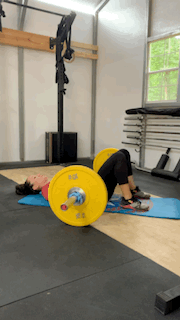
Leg curl
How to do it: Find a leg curl machine and follow the machine’s instructions for foot placement. Grip the handles in front of you, and contract your hamstrings while bending your knees until you reach the full range of motion. Slowly return the weight to the starting position.
Modifications: No leg curl machine? Find a moderately heavy dumbbell and place it between your feet, so the head is resting on your shoe’s soles, and follow the instructions above. You can also do this as a bodyweight movement by lifting one leg up and driving your heel toward your glutes, keeping your knee in line with your opposite leg at all times.
Why it’s our go-to: This is one of the best isolation exercises for working your hamstrings, which is vital for everyday activities like walking, squatting, and bending over.
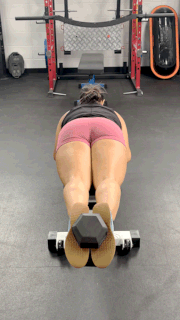
Banded hip abductions
How to do it: Wrap a mini resistance band just above both your knees. Hold onto something sturdy or place your hands firmly against a wall, and move one of your legs away from your body laterally while keeping your knees straight. Slowly return the leg to the starting position, and repeat with the other leg.
Modifications: This can be done without a resistance band as a bodyweight movement, or with an ankle attachment on a cable machine.
Why it’s our go-to: Banded hip abductions are a great move for strengthening your hip joints, which can help improve your overall balance.
RELATED: Best Home Weight Machine
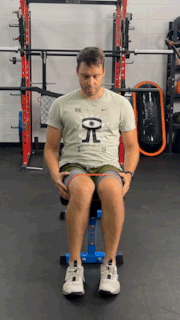
Calf raise
How to do it: With your feet shoulder-width apart, stand on your tiptoes while keeping your spine neutral and knees straight. Hold that position before slowly returning back to the ground.
Modifications: Try this with a loaded barbell on your back, or with a calf raise machine (if you have access to one).
Why it’s our go-to: Calf raises can help with ankle stability, and help build explosive power.
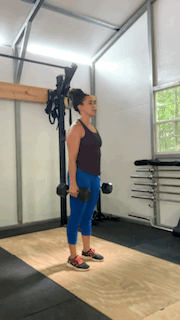
Jump squat
How to do it: With your feet shoulder-width apart, slowly descend into a squat until your thighs are parallel with the floor. Then, driving through your heels, explode off the floor into a jump, making sure to land carefully on your feet. On the return, try to return to the squat position as quickly as possible.
Modifications: For an extra challenge, do this while holding moderately heavy dumbbells or kettlebells in both hands. If you’re just starting out, simply return to the standing position after the first jump and repeat the movement.
Why it’s our go-to: Not only does this increase your heart rate and work your lower-body muscles, but it also helps you develop explosive power in your legs.
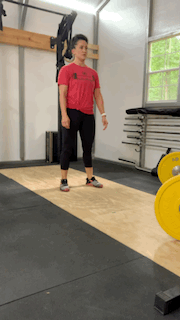
Skaters
How to do it: Start with your legs slightly wider than shoulder-width apart, and bring one leg behind you (keeping it in the air). Both your knees should be at a 90-degree angle. Using the foot still planted on the ground, push off and jump to the other side. Repeat.
Modifications: You can modify this move by adjusting how far you jump, or changing the direction of your jump. Make it as easy or as difficult as you like.
Why it’s our go-to: Skaters not only challenge our balance and coordination, but they also work to improve our muscle endurance (how long a muscle can remain active under stress).
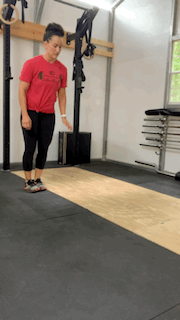
Broad jumps
How to do it: Stand with your feet shoulder-width apart, and descend into a half squat (keeping your spine neutral). Pushing off your heels and swinging your arms forward, jump as high and as far as you can. Repeat.
Modifications: For beginners, you can start this movement while sitting on a bench or plyo box. Want a challenge? Do a burpee, and when you stand back up immediately go into a broad jump
Why it’s our go-to: Broad jumps help improve balance, coordination, and build up explosive power in our legs.
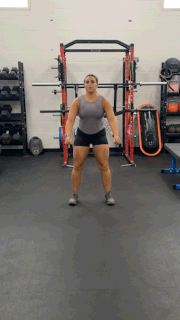
Suitcase carry
How to do it: Grab a heavy dumbbell or kettlebell, and make sure you have a clear path in front of you. Keeping your spine neutral and looking forward at all times, walk as far as you can. When you reach the end of your path, switch the weight to the opposite hand and repeat.
Modifications: If you’re just starting out, decrease the weight or the distance of this move. You can also carry weights in both hands, which turns this into a farmer’s carry. For people looking for a challenge, try holding the weight at shoulder level.
Why it’s our go-to: Suitcase carries are a great way to improve core strength and stabilization because it forces you to keep your balance while placing an increased demand on one side of your body.
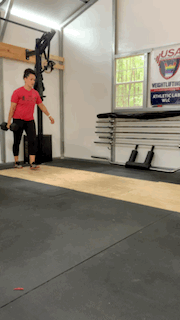
Good mornings
How to do it: Start by placing a barbell on your back as you would for a squat (it can be empty or loaded), and stand with your feet shoulder-width apart. Hinge forward at the hips, and bend slightly at the knees until your spine is just about parallel with the floor. Lift your torso to return to the starting position.
Modifications: This can be done as a bodyweight movement (just keep your hands behind your head), or with a resistance band.
Why it’s our go-to: Good mornings are great for hip mobility and flexibility, as well as for developing lower-body and core strength.
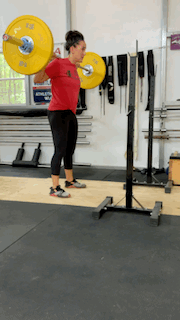
Try This Serious Leg Day Workout
- Back squat: 4 sets, 6-9 reps
- Barbell glute bridge: 4 sets, 7-12 reps
- Barbell walking lunges: 3 sets, 10-15 per side
- Banded hip abductions: 3 sets, 10-20 reps
- Good mornings: 4 sets, 15-20 reps
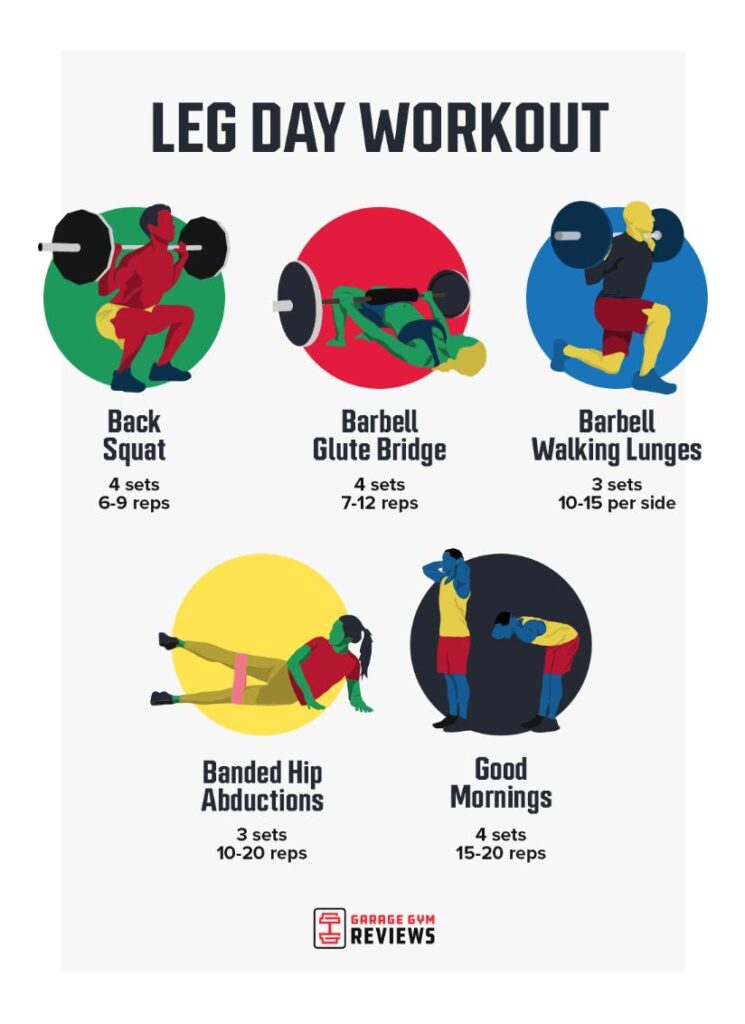
Leg Day Tips
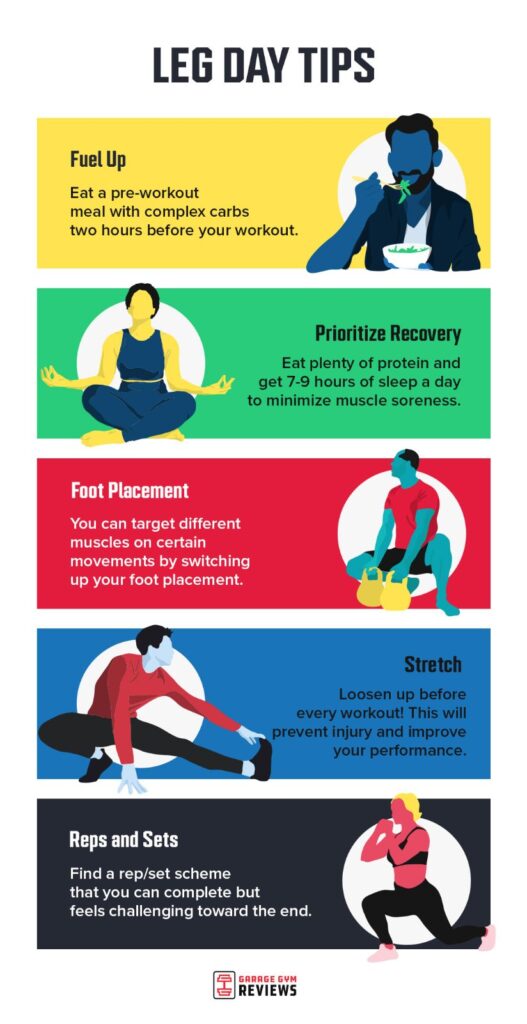
Fuel Up
If you’ve ever wondered why leg days can feel so taxing, it’s because they’re the largest muscle group in our body. In other words, you’re challenging more muscle fibers than you would during a chest or back workout, which means an increased demand on all of your body’s system.
For this reason, you should make sure to eat a high-quality pre-workout meal about 90 minutes to two hours before you intend on going to the gym for leg day.
RELATED: Best Pre-Workout
Prioritize Recovery
Since we use our legs for just about everything, from sitting down and standing up to walking, you’ll want to make sure to take care of them after putting them through the wringer. That means eating enough protein to rebuild the muscle fibers you’ve strained during your workout and getting 7-9 hours of sleep.
Foot Placement
Your foot placement on many leg day exercises will determine how much demand is placed on certain muscle groups. For example, placing your feet shoulder-width apart on a leg press is good for overall leg development while a wider stance will result in more recruitment of the inner thighs.
Reps and Sets
The reps and sets for leg day movements are the same for just about any other exercise. Here’s a handy chart we made to help you out:
Leg Day FAQs
What should a leg day consist of?
A leg day should consist of movements that work every part of your lower body, from your quadriceps and thighs to your hamstrings and lower spine. A certified personal trainer, weightlifting coach, or other strength training professional can develop a plan that works for your specific fitness goals.
How many times a week is leg day?
Most people train legs once a week due to the demand required on the muscles, and the recovery time of two to three days, but your trainer may have you workout legs anywhere from two to three times per week.
Is squatting enough for leg day?
No. While squats are the king of all lifts, they don’t work all lower-body muscles in a way that maximizes strength and muscle hypertrophy gains, which is why it’s important to incorporate other leg-based movements.
Is four exercises enough for legs?
Four exercises can be enough for leg day, so long as they work all the major muscle groups in a way that works for your fitness goals. Work with your trainer to develop a plan that works for you.


